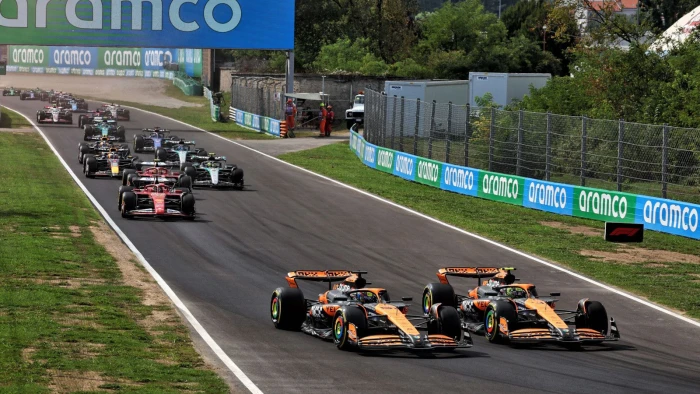F1 vs IndyCar: What are the similarities and differences?

IndyCar Honda 200
Formula 1 and IndyCar are the two elite open-wheel series in world motorsport - but what are the main similarities and differences between them?
Race calendar
Tracks
Indianapolis Motor Speedway, 2022.
— Demetriou Neto (@NetoDemetriou) June 9, 2022
Foto: Chris Graythen. #Indy500 pic.twitter.com/13jEna2lan
Teams
But in IndyCar, there are 17 different teams, four of which have Andretti in the title!
For instance, ex-F1 racers Grosjean and Alexander Rossi drive for Andretti Autosport, but there are also three other drivers whose team name comes under the Andretti umbrella with outside support.
Drivers
Talking of drivers, this takes us on to how many compete in IndyCar - this year's roster comprises a whopping 37 names.
Only 21 have raced in F1 so far and that was only because Nico Hulkenberg had to deputise for Sebastian Vettel when he had Covid-19, otherwise it would have just 20.
IndyCar racer Colton Herta behind the wheel of McLaren's 2021-spec MCL35M at Portimao, as part of his development programme.
— Phillip Horton (@PHortonF1) July 12, 2022
? McLaren Racing pic.twitter.com/fhLlnQMgF6
Points system
Only the first 10 finishers in Formula 1 score points, whereas everyone that participates in an IndyCar race receives a token five as a minimum.
It's 50 points for the winner - double the F1 tally - and then a much less steep sliding scale thereafter and only a one-point drop for each position after 10th. Double points are on offer at the prestigious Indy 500.



